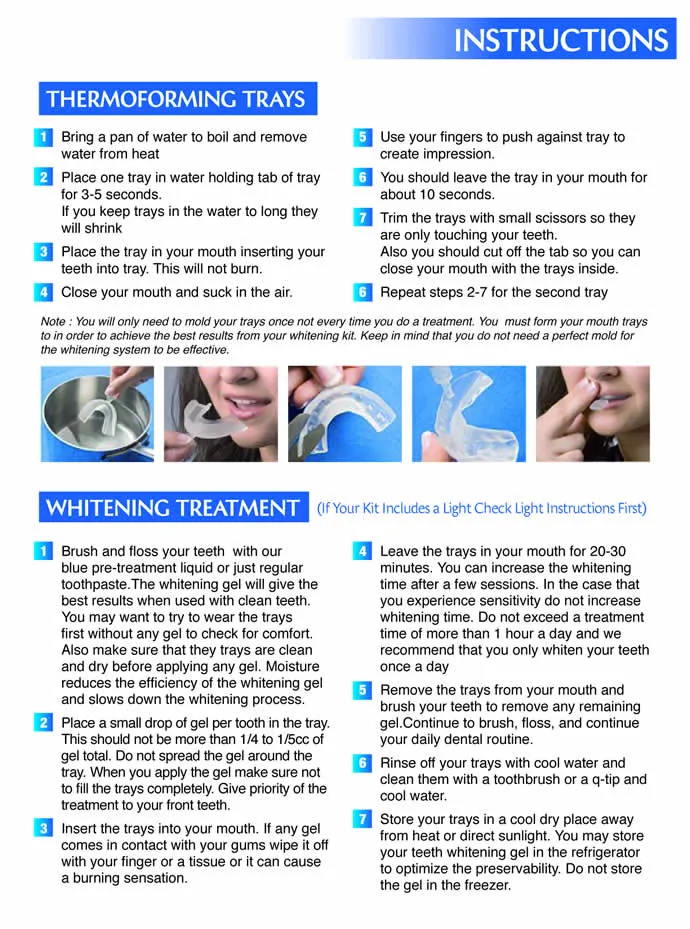Achieving a dazzling, confident smile is within reach, and whitening strips can be a convenient and effective way to brighten your teeth. This comprehensive guide provides step-by-step instructions and essential tips to help you successfully use whitening strips and achieve the smile you’ve always wanted. From understanding how they work to maintaining your results, this guide covers everything you need to know to safely and effectively whiten your teeth at home.
Understanding Whitening Strips
Before diving into the instructions, it’s essential to understand what whitening strips are and how they work. This foundation will help you make informed decisions and use the product effectively. Knowing the basics ensures you can achieve the best possible results while minimizing any potential risks.
What are Whitening Strips?
Whitening strips are thin, flexible strips coated with a peroxide-based whitening agent. These strips are designed to adhere to the surface of your teeth, delivering the whitening ingredient directly to the enamel. They are a popular over-the-counter option for teeth whitening, offering a convenient and relatively inexpensive way to improve the appearance of your smile. Different brands and formulations are available, so understanding what they are is the first step.
How Whitening Strips Work
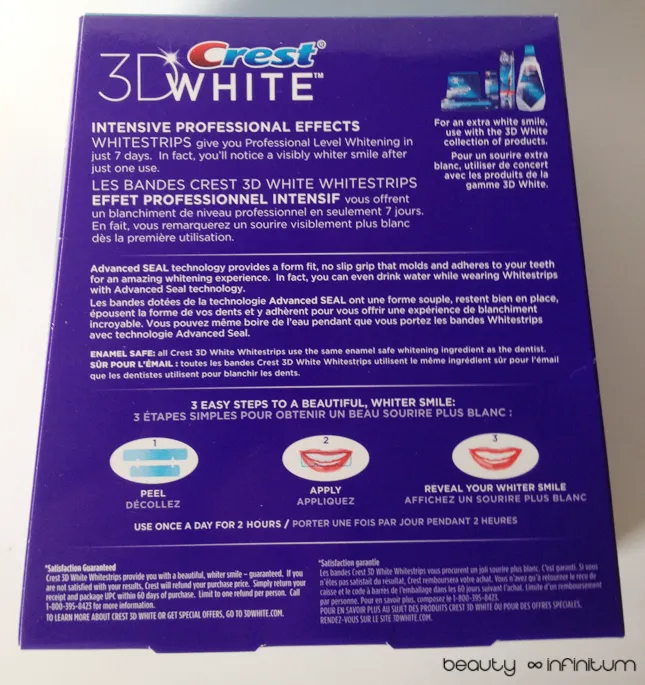
The active ingredient in most whitening strips is hydrogen peroxide or carbamide peroxide. When the strip is applied to your teeth, the peroxide penetrates the enamel, breaking down stains and discoloration. This process oxidizes the stain molecules, making them less visible and resulting in a brighter smile. The effectiveness of whitening strips depends on the concentration of the peroxide, the duration of application, and the consistency of use. Regular use, as directed, is key to achieving the desired results.
Choosing the Right Whitening Strips
With a variety of whitening strips available, choosing the right product is crucial. The effectiveness and suitability of a product can vary based on your individual needs and preferences. Consider several factors, from the type of strips to the concentration of the whitening agent, to make an informed decision.
Types of Whitening Strips Available
There are several types of whitening strips on the market. Some are designed for general whitening, while others target specific issues like sensitivity or more stubborn stains. Some strips are designed for daily use, while others are used for a shorter period. Additionally, some strips are specifically designed to fit either the upper or lower teeth. Reading reviews and comparing different products will help you to find the right type for your needs. Look at the active ingredient concentration and the duration of treatment. Different brands have different application methods, so consider the ease of use when choosing a product.
Factors to Consider When Choosing Strips
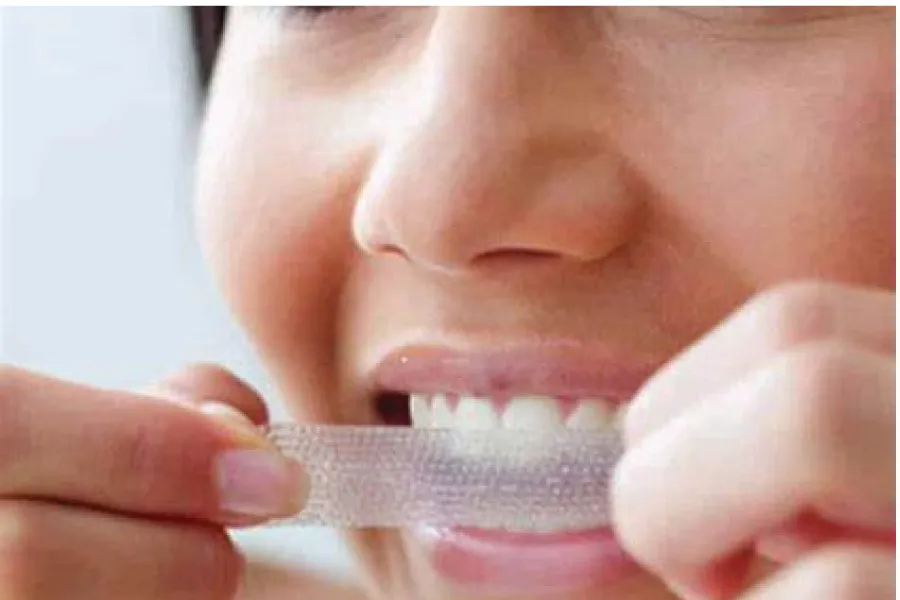
When choosing whitening strips, consider the concentration of the active ingredient, the treatment duration, and any potential side effects. If you have sensitive teeth, look for strips with a lower concentration of peroxide or those specifically designed for sensitivity. Reading product reviews can provide valuable insights into the effectiveness and user experience. Also, consider the brand’s reputation and any additional features, such as enamel-strengthening ingredients. If you have dental work, such as fillings or veneers, consult your dentist before using whitening strips, as they may not whiten these materials.
Step-by-Step Whitening Strips Instructions
Following the correct steps is essential for achieving the best results. Proper preparation, application, and aftercare are all crucial to a successful teeth-whitening experience. Each step plays a vital role in maximizing the effectiveness of the whitening strips and ensuring your comfort throughout the process.
Preparing Your Teeth for Whitening
Before applying the whitening strips, brush your teeth gently to remove any surface debris. However, avoid brushing immediately before applying the strips, as this can cause temporary sensitivity. Floss your teeth to remove any food particles. Make sure your teeth are dry before applying the strips; this helps the strips adhere better to the surface of your teeth. This preparation step maximizes the effectiveness of the whitening process by ensuring the whitening agent comes into direct contact with your teeth.
Applying the Whitening Strips
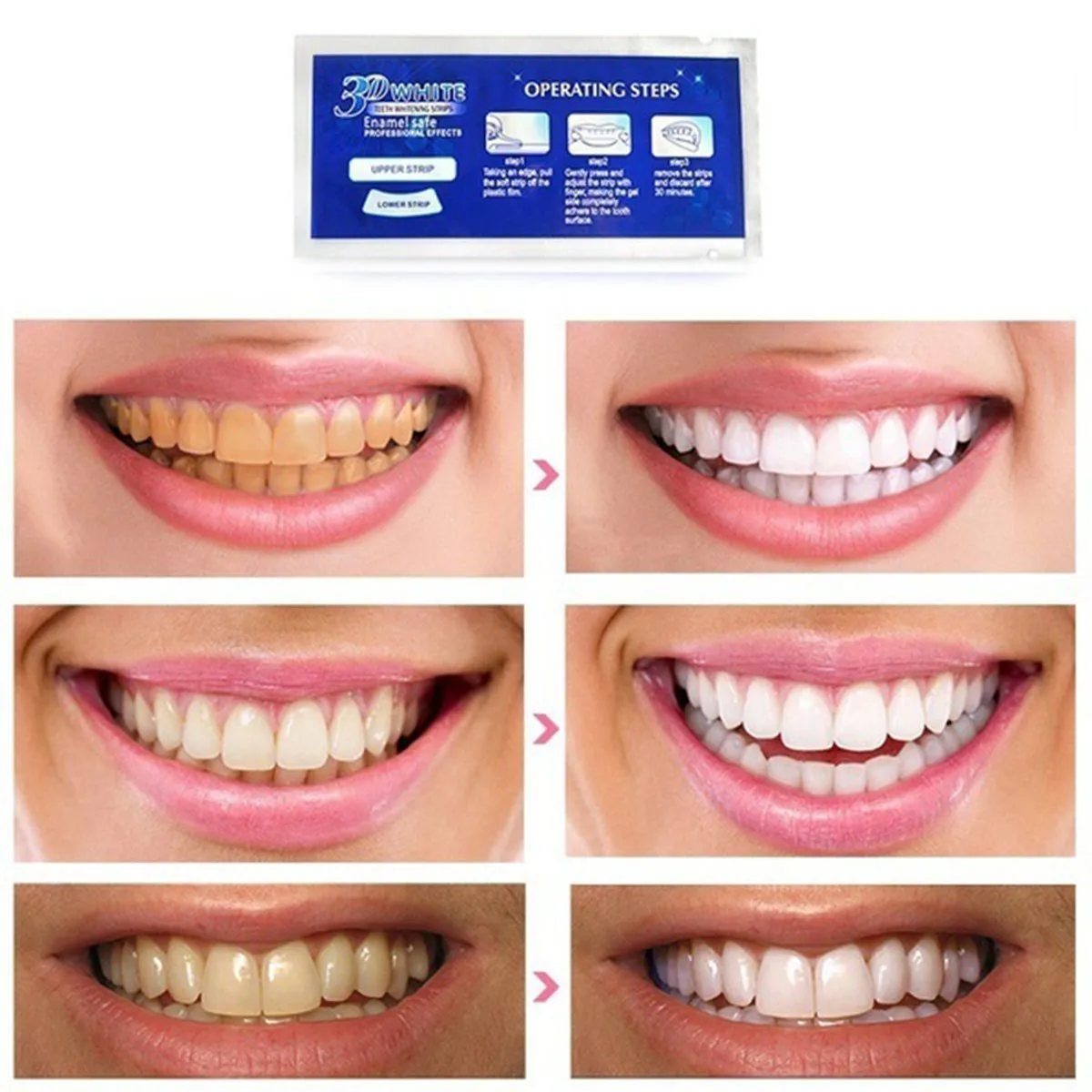
Carefully peel the whitening strips from their backing. Apply the longer strip to your upper teeth and the shorter strip to your lower teeth. Align the strips with your gum line, ensuring the whitening surface covers the visible portion of your teeth. Gently press the strips onto your teeth, molding them to the contours to ensure proper contact. It’s essential to avoid contact with your gums to minimize irritation. Following these steps precisely will help you get the most out of the whitening process.
Following the Recommended Time
Each product has specific instructions regarding how long the strips should remain on your teeth. Carefully read and follow these instructions. Typically, strips are worn for 30 minutes to an hour, but this can vary depending on the product. Avoid leaving the strips on for longer than recommended, as this can increase the risk of sensitivity. Set a timer to ensure you adhere to the recommended duration. Consistent adherence to the recommended application time is vital to achieving the desired results.
Aftercare for Whitening Strips
Aftercare is just as important as the application process. Proper aftercare helps maintain your results and minimizes potential side effects. Following these guidelines will help keep your smile bright and healthy.
Rinsing and Cleaning Your Teeth
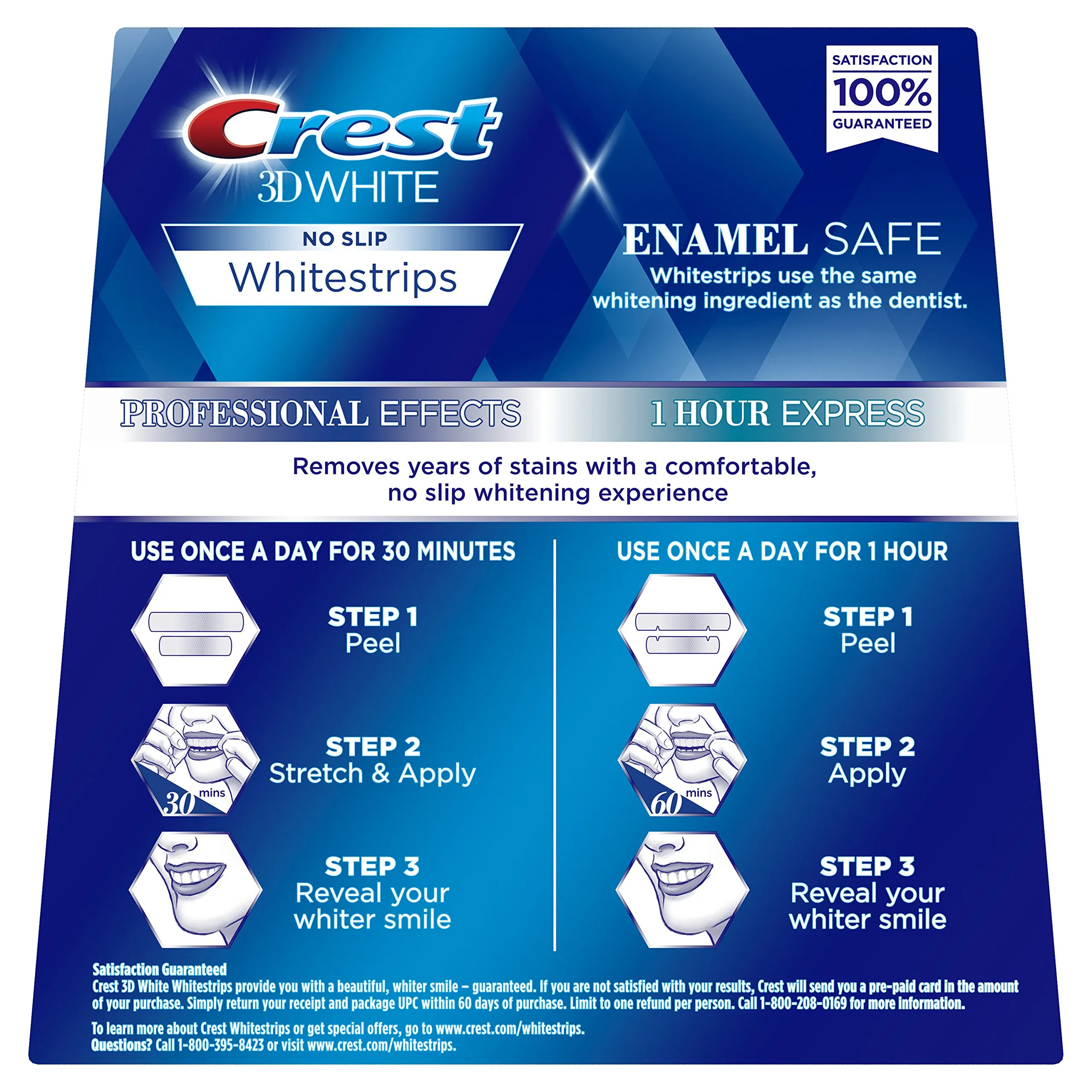
Once the recommended time is up, remove the whitening strips and discard them. Rinse your mouth thoroughly with water to remove any remaining whitening agent. Avoid brushing your teeth immediately after removing the strips. If you experience any sensitivity, using a toothpaste designed for sensitive teeth can help. Gentle care and cleaning prevent any complications and help maintain your teeth.
Avoiding Staining Foods and Drinks
To maintain the results of your whitening treatment, it’s important to be mindful of what you eat and drink. Certain foods and beverages can stain your teeth and reverse the whitening effect. Some examples include coffee, tea, red wine, dark sodas, berries, and heavily pigmented sauces like soy sauce and balsamic vinegar. If you consume these items, rinse your mouth with water or brush your teeth afterward to minimize staining. Being mindful of your dietary choices is an important part of maintaining your new, brighter smile.
Maintaining Your White Smile
Maintaining your newly whitened smile requires ongoing care. Consistency and preventive measures are crucial to ensure your teeth remain bright and beautiful for as long as possible. Integrate these tips into your daily routine to enjoy your dazzling smile for the long term.
Tips for Prolonging Your Results
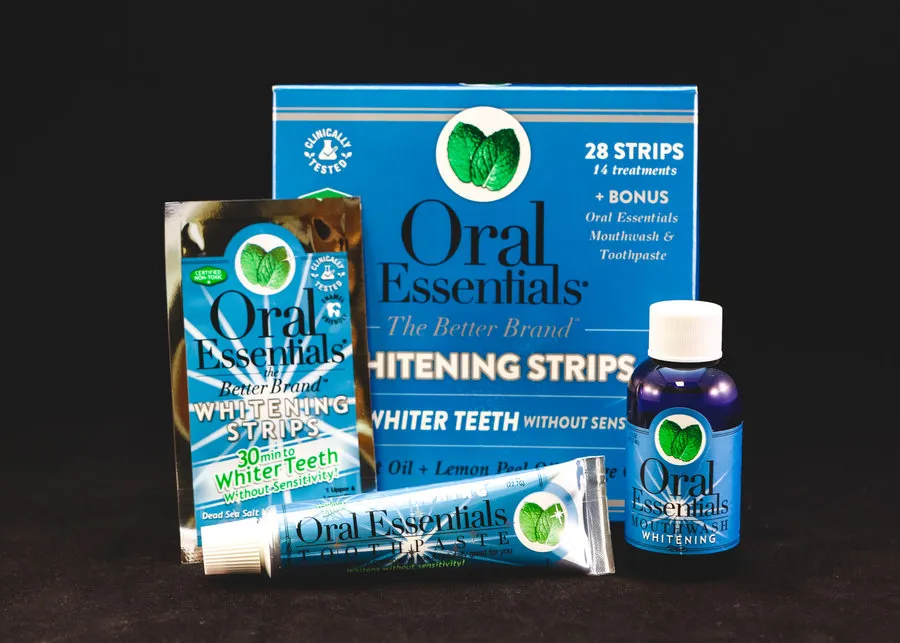
To prolong the results of your teeth whitening, brush your teeth twice daily with a whitening toothpaste. Consider using a whitening mouthwash. Avoid smoking and limit your consumption of staining foods and drinks. Regular dental checkups and cleanings will help maintain your bright smile. The more you maintain your teeth after the treatment, the longer the effects will last. These habits will help to preserve your teeth’s new appearance.
Regular Dental Check-ups
Regular dental checkups and cleanings are essential for maintaining your oral health and the brightness of your smile. Your dentist can remove any surface stains that can dull your teeth. They can also identify and address any potential dental problems before they escalate. Following regular checkups helps maintain your overall oral health. These checkups provide opportunities for professional cleanings and can help maintain your white smile.
Potential Side Effects and Solutions
While whitening strips are generally safe, it’s important to be aware of potential side effects and how to manage them. Being informed about these potential issues allows you to take proactive steps to protect your teeth.
Sensitivity and Irritation
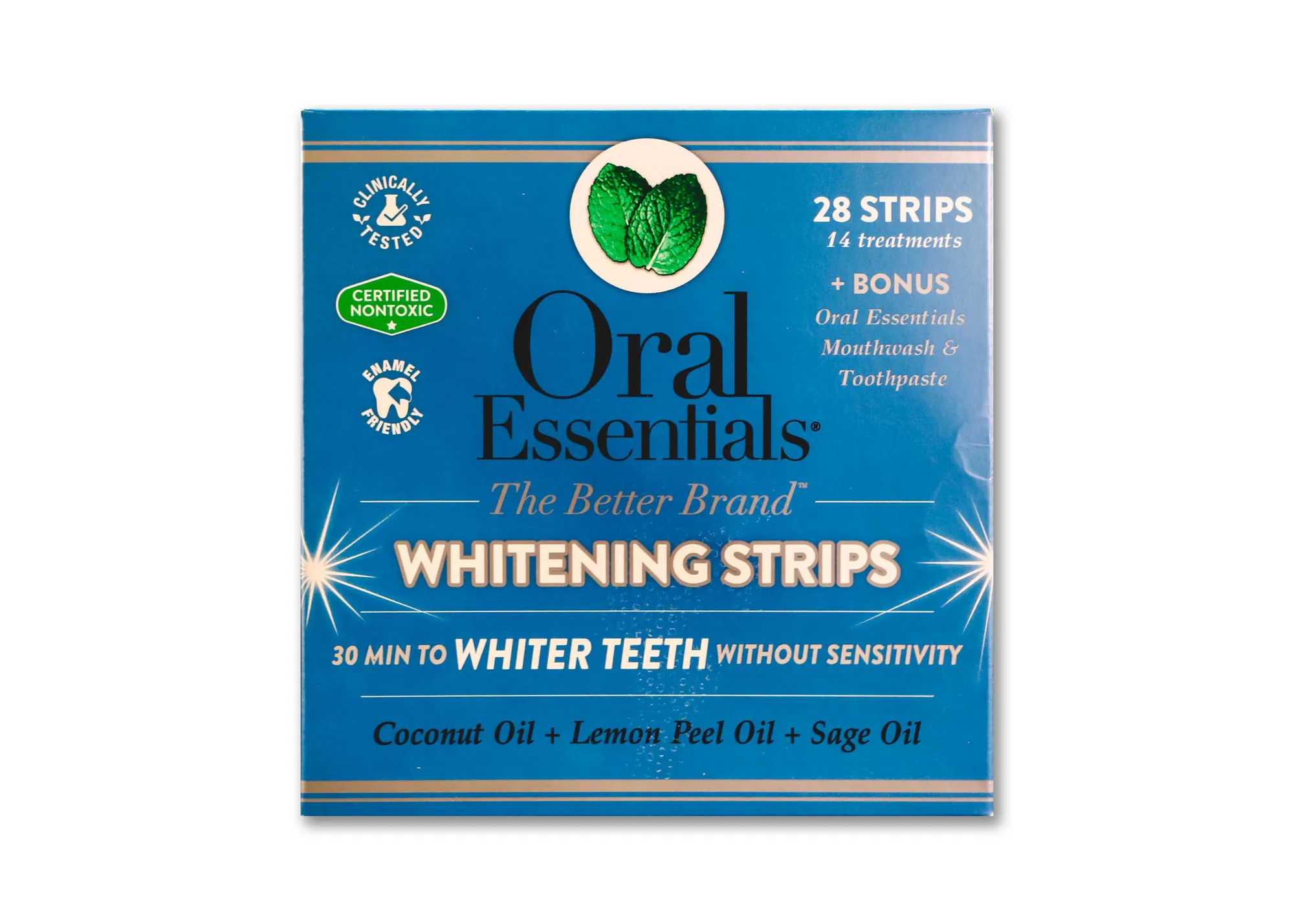
The most common side effects of using whitening strips are tooth sensitivity and gum irritation. Sensitivity can occur due to the peroxide penetrating the enamel. Gum irritation can happen if the whitening agent comes into contact with your gums. If you experience sensitivity, try using a toothpaste designed for sensitive teeth. For gum irritation, avoid contact with your gums when applying the strips. If symptoms persist or worsen, consult your dentist. This will help you maintain comfort and ensure that the whitening process goes smoothly.
When to Consult a Dentist
If you experience severe tooth sensitivity, persistent gum irritation, or any other unusual symptoms after using whitening strips, it’s important to consult your dentist. Your dentist can assess the situation and recommend appropriate treatments or alternative whitening methods. They can also ensure there are no underlying dental problems. A dental professional will give you the best advice and make sure your teeth remain healthy. Don’t hesitate to seek professional advice if you have any concerns about your oral health.
In conclusion, whitening strips can be a simple and effective way to achieve a brighter, more confident smile. By understanding how they work, choosing the right product, following the instructions carefully, and practicing proper aftercare, you can enjoy a dazzling smile. Remember to be mindful of potential side effects and consult your dentist if needed. With the right approach, you can confidently achieve and maintain a brighter, more attractive smile.
